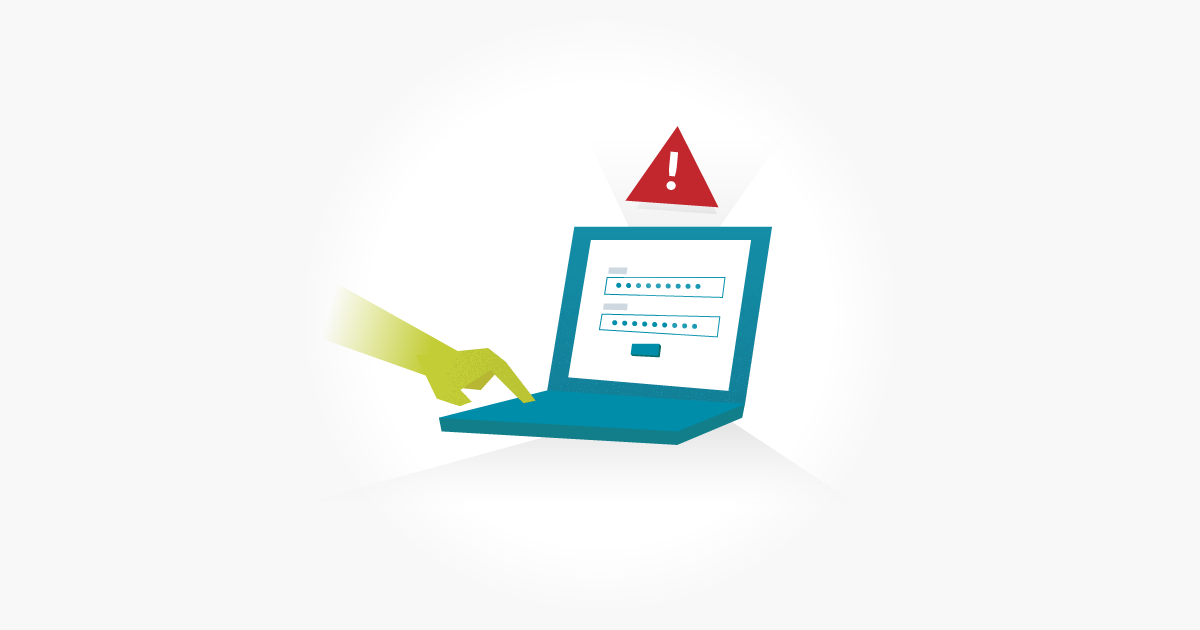Hello!
Finding flaws and raising product quality is the goal. Evaluating and confirming a software program’s functionality is known as software testing. Positive and negative testing are the two methods used for agile testing. This blog will primarily focus on negative testing and its beneficial results, which are essential in software testing.
Positive Testing
 A “positive testing” type is carried out on software using valid data sets as input. It establishes whether or not the computer program behaves as predicted in response to positive information.
A “positive testing” type is carried out on software using valid data sets as input. It establishes whether or not the computer program behaves as predicted in response to positive information.
Positive testing is carried out to ensure the software program does precisely what it is intended to do.
Change the permissible input range from 0 to 99999 to perform positive testing, then verify that the system still accepts the inputs. Example: An app might have a text field that only accepts digits, for instance. The system will only take values up to 99999; any other numbers shouldn’t be entered.
Negative Testing
A software application is evaluated using false or incorrect data sets during negative testing. It ensures that the software does not crash and remains stable even in the presence of wrong data inputs. It establishes if the computer program reacts as expected to unfavorable or inaccurate user input.
Example: Characters from A to Z or from a to Z can be entered to do negative testing. The software system must either reject the numbers or output an error notice in reaction to these incorrect data inputs.
Why Is Negative Mobile App Testing Necessary?
 Some causes are listed below:
Some causes are listed below:
- Although it is not feasible to deliver end users software that is fault-free 100 percent of the time, executing it and covering the most adverse scenarios can guarantee that the application can handle unforeseen circumstances.
- Negative testing is crucial to preventing security breaches because hackers look for opportunities to infiltrate applications and misuse users’ private data- executing it to reveal an application’s vulnerabilities and stop undesired behavior.
- Assure the application’s stability for the nasty, unusual, and out-of-limit data. Negative testing is essential for delivering a client-facing application that is both vulnerable and reliable.
How Is Negative Testing Carried Out?
The following are two methods that testers frequently employ for conducting negative testing:
- Boundary Value Analysis-
In boundary value analysis, negative test cases are created for values beyond the boundary bounds to confirm that the system still functions for those values.
- Comparability Partitioning-
In equivalence partitioning, input values are split up into several equivalent data partitions, and a tiny sample of each partition’s values is checked to validate the section as a whole. If the data is valid, the partition as a whole is deemed accurate.
Beneficial Results of Negative Testing
Automation engineers and software testers working on automated testing platforms frequently consider the “Happy Path,” or the route the user will probably take while utilizing our program.
When doing our automated UI tests, we want to be sure that we are automating those Happy Paths, and when writing our API automation, we want to ensure that every endpoint returns a “200 OK” or equivalent successful answer. In both our human and automated tests, it’s crucial to consider negative testing.
 Here are a few causes for this:
Here are a few causes for this:
- There’s a chance that our automated tests are passing in error.
Never assume that your automated tests are operating correctly just because they pass. Run several test cases where failure should occur, and ensure it does. In this manner, you can be confident that you are testing your ideas.
- Negative testing can reveal mistakes that were not handled effectively and could impact the user.
Any client-related fault in API testing should return a 400 response code rather than a 500 response code from the server. The code may no longer be handling that use case correctly if you are performing negative testing and you see that a 403 answer is now returning as a 500. If the server returns a 500 error code, the user may not be able to resolve their mistake, or, in the worst-case scenario, the application may crash.
- Security flaws can be found using negative testing.
Making sure a user cannot log into an application when they are not supposed to is just as crucial as ensuring they can enter it. This critical region is missed if you only conduct a login test with a working username and password. We have observed situations where a user may log in using any password, a blank password, even if both the username and password were entered incorrectly. Verifying that specific users do not have access to particular areas of an application is also essential. If any random user can access the admin page, having a well-tested and working admin page won’t mean anything.
- Your database stays clean, thanks to negative testing.
 Solid, accurate data in your database will assist keep your application in good shape. Data that doesn’t meet expectations can result in web pages not loading, crashing, or displaying inaccurate information. You may more easily guarantee that you will only have high-quality data by performing as much negative testing on your inputs as possible. Knowing which characters are permitted for each input field to be tested is essential. We may perform various negative tests to ensure that entries containing the prohibited characters are rejected.
Solid, accurate data in your database will assist keep your application in good shape. Data that doesn’t meet expectations can result in web pages not loading, crashing, or displaying inaccurate information. You may more easily guarantee that you will only have high-quality data by performing as much negative testing on your inputs as possible. Knowing which characters are permitted for each input field to be tested is essential. We may perform various negative tests to ensure that entries containing the prohibited characters are rejected.
- Poor Decisions by the Users.
It is straightforward to forget to test those user routes where users will click the “Cancel” or “Delete” button, especially when a new feature is being hurriedly developed to meet a deadline. But consumers frequently engage in this behavior; In this case, user experience is equally as crucial as the Happy Path.
Also read:
- Quasa Merged Two App Into One QUASA NFT
- The Role of Psychiatrist in Child Therapy
- HR’s Role in Knowing and Reducing AI Bias
Conclusion
The main advantage of using HeadSpin’s platform is that you can carry out end-to-end testing and monitoring with actual devices in hundreds of locations on the genuine carrier and Wi-Fi networks worldwide with the HeadSpin Platform. No SDK is needed to do testing and analysis using the platform. Finding unexpected behavior during software testing allows us to catch them before users do. By combining negative testing with Happy Path testing, we can guarantee that none of our users will experience any unpleasant surprises.
Thank you!
Join us on social media!
See you!






